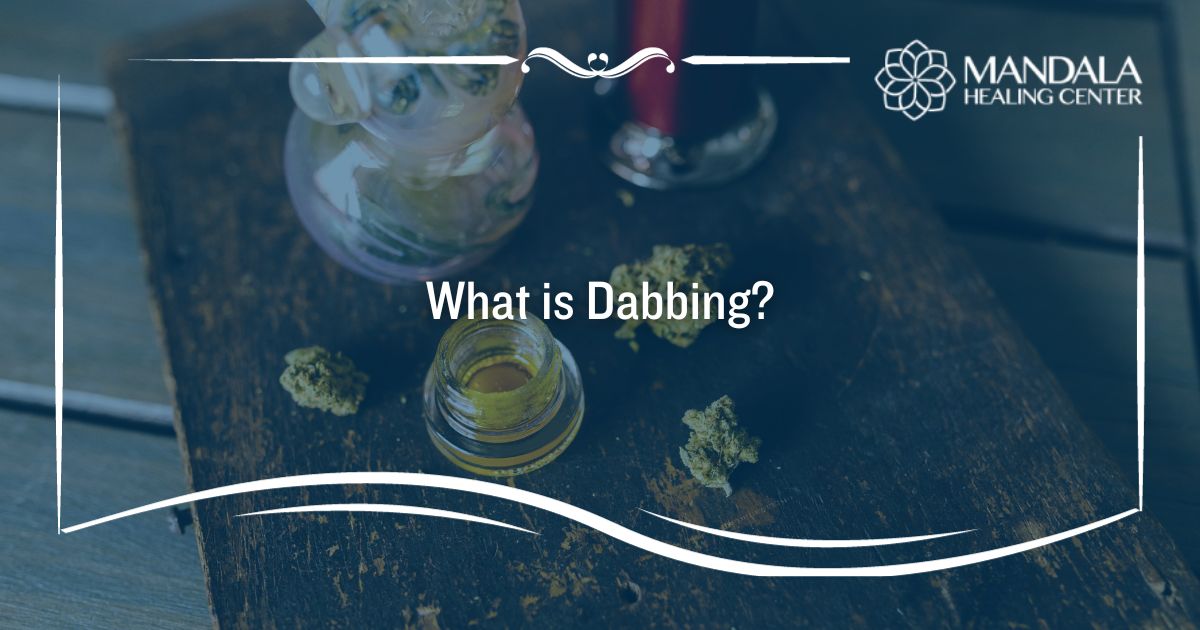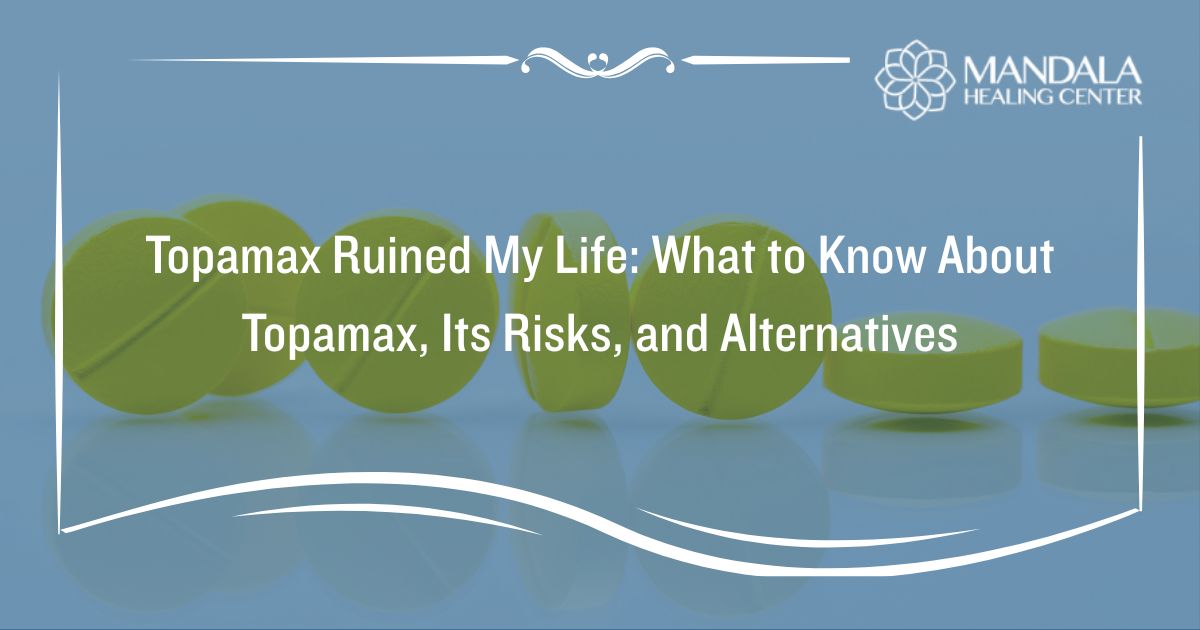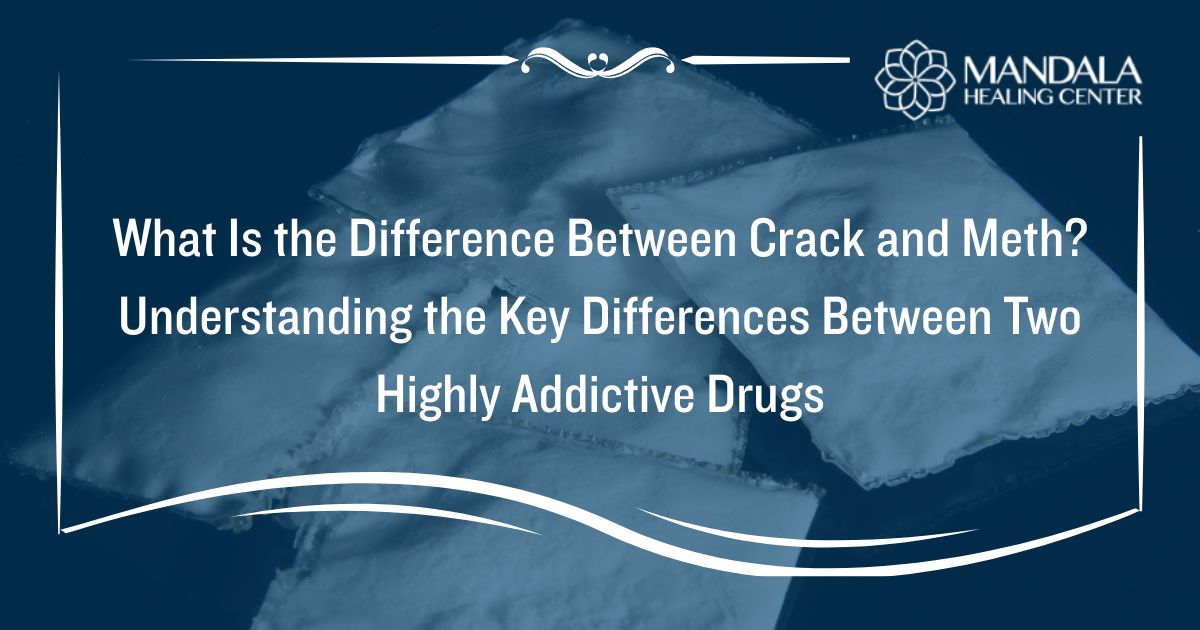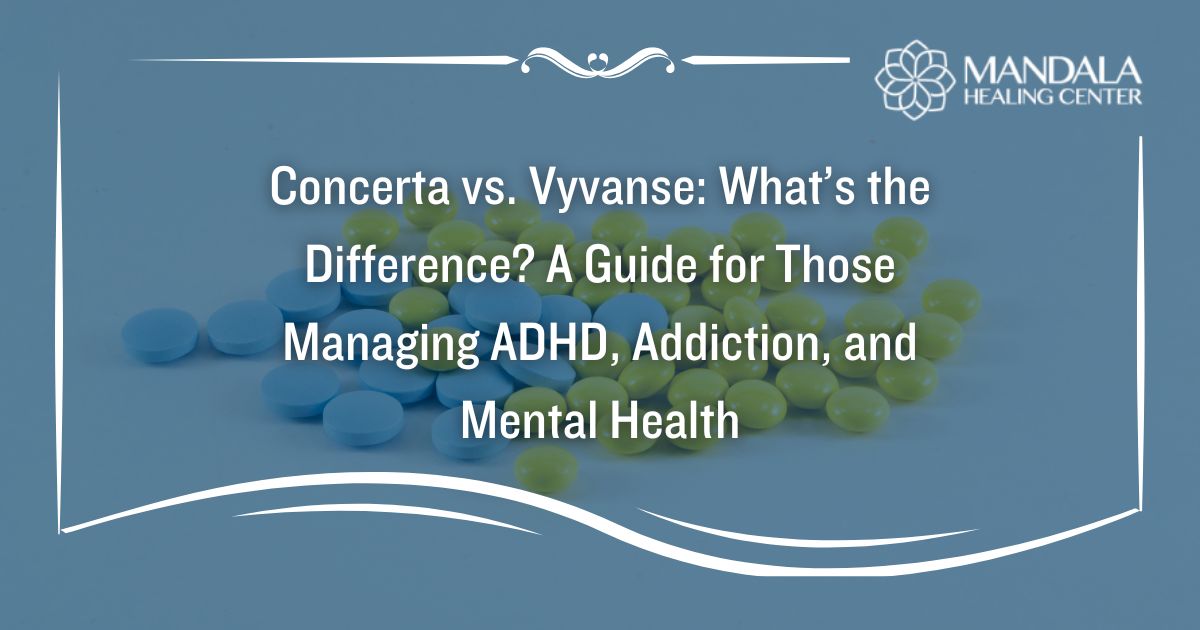While many people think that marijuana is a harmless substance, it is possible to become addicted to it. According to the Centers for Disease Control (CDC), “approximately 3 in 10 people who use marijuana have marijuana use disorder.”[1]
The most common way to abuse marijuana is by smoking the dried leaves of the plant matter. The active ingredient in marijuana that causes mind-altering effects is tetrahydrocannabinol (THC). With that being said, there are many different THC products out there that people use to experience a high.
Other than smoking marijuana flower, one of the most popular ways to consume THC is dabbing.
What is a Dab?
Dabs are a slang term used to describe butane hash oil (BHO). Generally, dabs are the resin of the cannabis plant, which is gathered from the trichomes of the flowers and leaves during a harvest. Dabs are so popular because they are the most concentrated form of THC, meaning they are far more potent than traditional marijuana.
The substances found in dabs include:
- Tetrahydrocannabinol (THC) – the substance in marijuana that causes you to feel high
- Terpenes – organic compounds found in the marijuana plant
- Flavonoids – a type of phytonutrients that are present in all types of fruits and vegetables
- Pesticides – might be organic or all-natural depending on who is growing the marijuana
- Fertilizers – also can be toxic or organic
- Residual Solvents – left behind from the production of the dab oil and can be hazardous to your health
If you buy dabs, you will notice that they are usually a sticky or waxy substance that is yellow or gold in color. There is also a type of dab called shatter, which resembles golden-colored pieces of glass.
How are Dabs Made?
Dabs are made by extracting trichomes from the cannabis plant. These trichomes are extracted using a solvent like butane gas, carbon dioxide, or ethyl alcohol. The extraction process can vary, resulting in a wide range of different types of dabs, each one having its own unique look and consistency.
The main types of dabs include:
- Butane hash oil (BHO)
- Budder
- Oil distillate
- Honey
- Shatter
- Wax
To smoke dabs, people usually use a torch lighter to heat the substance at a high temperature. This is usually done in an instrument called a dab rig. The amount of THC found in dabs may range from 60% to 95%, which is extremely high when compared to cannabis flower which only goes up to 30% THC.
Effects of Dabbing
The effects of dabbing can be very different from smoking marijuana because of how much more potent they are. Dabbing involves heating a waxy or butter-like substance to a temperature where it will vaporize rather than smoke. The vapor is inhaled through a glass pipe, where the effects will take place much faster and more potent than if you were to smoke traditional marijuana.
The effects of dabbing include:[2]
- Dry mouth
- A rush of euphoria
- Excessive sweating
- Red eyes
- Paranoia or anxiety
- Vomiting
- Changes to heart rate or blood pressure
It is important to note that some people experience the symptoms of psychosis when they dab THC. This may include hallucinations, delusions, paranoia, and a detachment from reality. Because of this, dabbing can be extremely detrimental to your mental health.
Can You Get Addicted to Dabs?
As mentioned previously, people can get addicted to marijuana, and dabs contain a higher amount of THC than regular marijuana does, making it more addictive. With that being said, it’s important to be aware of the signs of a THC addiction.
Symptoms of THC addiction include:
- Using more THC than you intended to
- Wanting to cut back or stop your THC use but being unable to
- Continuing to use THC despite facing problems at home, school, or work
- Continuing to use THC even though you are experiencing adverse physical or mental health effects
- Failing to meet responsibilities because of THC use
- Losing interest in previously enjoyed activities to abuse more THC
- Isolating yourself from your friends and loved ones
- Changing friend groups to be around people who also engage in THC use
- Needing more THC to experience a desired effect
- Experiencing withdrawal symptoms when you cannot use THC
While THC addiction will not lead to life-threatening overdoses like opioid or benzodiazepine addiction, long-term dependency on the drug can negatively impact your life in a variety of ways. As a result, you should always seek help from a professional drug rehab center.
Find Help for Cannabis Abuse and Addiction
If you or a loved one suffer from an addiction to dabs, it’s time to seek help. At Mandala Healing Center, we can provide you with the tools and support you need to achieve long-term sobriety.
To learn more about our marijuana addiction treatment program, contact us today.
References:
- The Centers for Disease Control and Prevention (CDC): Addiction (Marijuana or Cannabis Use Disorder), Retrieved October 2023 From https://www.cdc.gov/marijuana/health-effects/addiction.html
- The Alcohol and Drug Foundation (ADF): Butane hash oil, Retrieved October 2023 From https://adf.org.au/drug-facts/butane-hash-oil/












